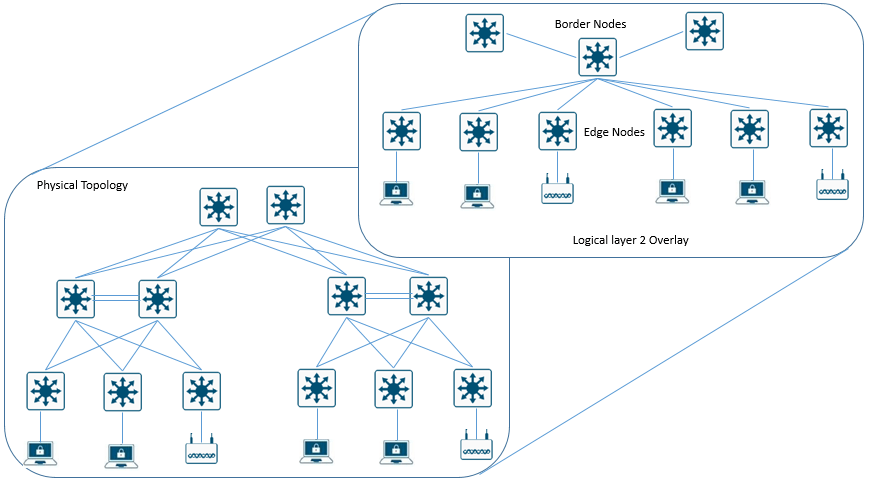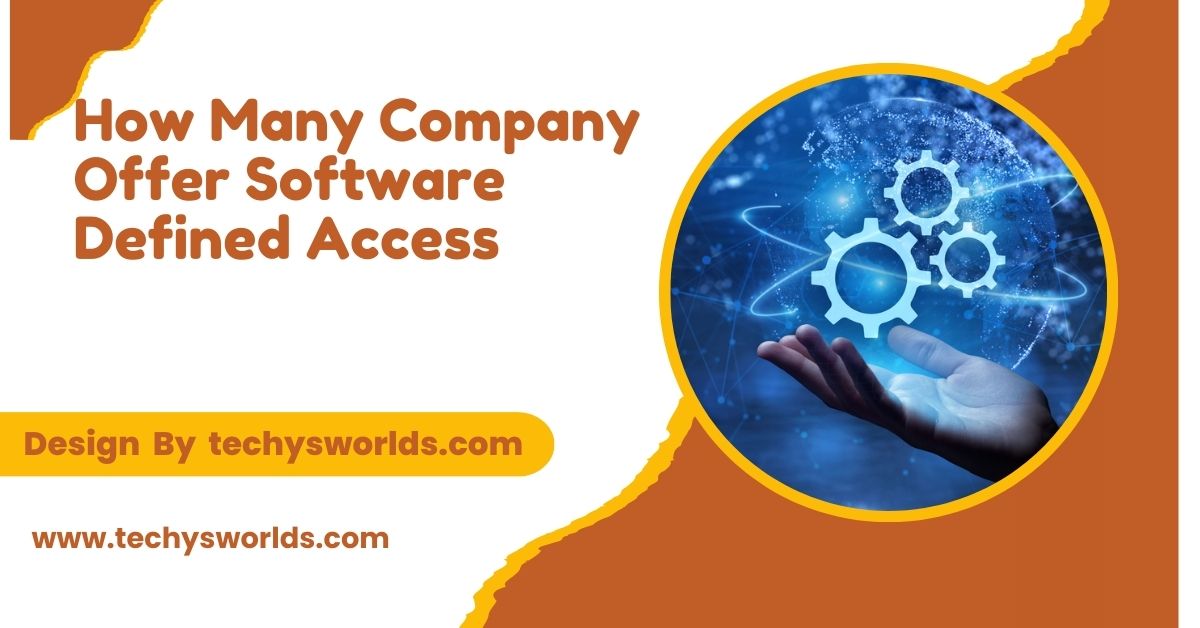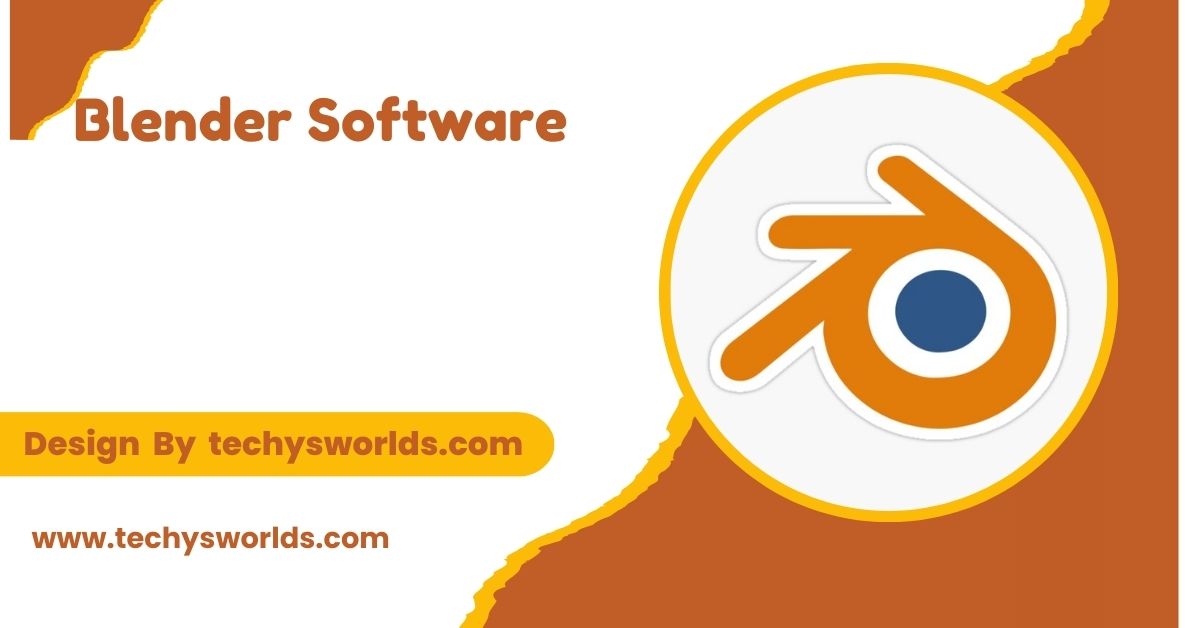Numerous companies, like Cisco, Aruba, and VMware, offer Software-Defined Access solutions, enhancing network management and security.
This article explores how many companies offer Software-Defined Access, their unique features, and the benefits that come with adopting such solutions.
What is Software-Defined Access?

Software-Defined Access (SDA) refers to a network architecture that utilizes software-based control mechanisms to manage and optimize network access. Unlike traditional networks, which rely on hardware configurations, SDA decouples the control plane from the data plane. This separation allows for greater flexibility, scalability, and ease of management.
Key Characteristics of SDA:
- Centralized Management: Unified platform for managing access points.
- Dynamic Policy Enforcement: Policies based on roles and device types.
- Improved Security: Granular control with micro-segmentation.
- Scalability: Easily accommodates new devices and users.
- Automation: Reduces human error and speeds up deployment.
Companies Offering Software-Defined Access Solutions:
As the demand for SDA increases, numerous companies have developed solutions to meet the needs of modern enterprises. Here’s an overview of some key players in the Software-Defined Access market.
Cisco Systems:
Cisco is a pioneer in networking technologies and has made significant strides in Software-Defined Access with its Cisco DNA (Digital Network Architecture).
- Features: Centralized management and advanced analytics for proactive troubleshooting.
- Benefits: Automated policy enforcement and seamless integration with existing hardware.
Aruba Networks:
Aruba Networks, a subsidiary of Hewlett Packard Enterprise, offers a robust SDA solution focused on wireless access.
- Features: ClearPass for policy management and AI-driven insights.
- BEnhanced user experience and comprehensive network visibility.
Juniper Networks:
Juniper Networks has integrated Software-Defined Access into its broader networking strategy through its Mist AI platform.
Also Read: What Internet Radio Software does Frontier Smart Technologies Use – A Guide!
- Features: AI for automation, real-time analytics, and user experience monitoring.
- Benefits: Dynamic optimization and improved performance.
Extreme Networks:
Extreme Networks offers a comprehensive SDA solution designed to support both wired and wireless environments.
- Features: ExtremeCloud for centralized management and advanced traffic analytics.
- Benefits: Dynamic policy enforcement and streamlined operations.
VMware:
VMware, primarily known for virtualization, has expanded its portfolio to include networking solutions through VMware NSX.
- Features: Network virtualization and micro-segmentation.
- Benefits: Agility and cost savings while improving security.
Dell Technologies:
Dell Technologies offers Software-Defined Access as part of its broader networking solutions.
- Features: Automation and orchestration for easier access management.
- Benefits: Streamlined operations and improved security.
Fortinet:
Fortinet is recognized for its security-driven networking approach, integrating SDA with security features.
- Features: Advanced threat protection and secure access controls.
- Benefits: Prioritizes security while ensuring efficient access.
Microsoft:
Microsoft has entered the Software-Defined Access space with its Azure networking solutions.
- Features: Azure Virtual Network for secure, scalable networks.
- Benefits: Easy integration with Microsoft services.
Palo Alto Networks:
Palo Alto Networks combines security with networking through its Prisma Access solution.
- Features: Secure access with zero-trust security.
- Benefits: High control over networks and improved security posture.
Riverbed Technology:
Riverbed focuses on performance optimization in its Software-Defined Access offerings.
- Features: SteelHead and SteelConnect for WAN optimization.
- Benefits: Enhanced application performance and reduced latency.
Benefits of Adopting Software-Defined Access:

Adopting Software-Defined Access brings a myriad of advantages for organizations looking to enhance their network infrastructure.
Enhanced Security:
- Micro-Segmentation: Isolates segments to minimize risk.
- Real-Time Threat Detection: Immediate identification of threats.
Simplified Management:
- Centralized Control: Single dashboard for access management.
- Automated Policies: Saves time and reduces errors.
Improved User Experience:
- Dynamic Access Controls: Seamless access based on roles.
- Performance Optimization: Smooth application performance.
Scalability and Flexibility:
- Easier Integration: Smooth transitions with existing infrastructure.
- Adaptability: Quickly meets changing business needs.
Challenges of Implementing Software-Defined Access:
While the benefits are substantial, organizations may face challenges during the implementation of Software-Defined Access.
Complexity of Transition:
- Legacy Systems: Integration can be complex.
- Skill Gaps: Training may be needed for staff.
Security Concerns:
- Configuration Errors: Improper setups can lead to vulnerabilities.
- Increased Attack Surface: More dynamic networks may increase risks.
FAQ’s
1. What is Software-Defined Access?
Software-Defined Access (SDA) is a network architecture that utilizes software-based control mechanisms to manage and optimize network access, enhancing flexibility and scalability.
2. Which companies offer Software-Defined Access solutions?
Key players include Cisco, Aruba Networks, Juniper Networks, Extreme Networks, VMware, Dell Technologies, Fortinet, Microsoft, Palo Alto Networks, and Riverbed Technology.
3. How does SDA improve security?
SDA enhances security through micro-segmentation, real-time threat detection, and dynamic policy enforcement, minimizing risks and improving overall network security.
4. What are the main benefits of adopting SDA?
Benefits include enhanced security, simplified management, improved user experience, and greater scalability and flexibility in network operations.
5. What challenges might organizations face when implementing SDA?
Challenges include the complexity of transitioning from legacy systems, skill gaps within the workforce, and potential security concerns due to configuration errors.
Conclusion
Software-Defined Access is revolutionizing network management, providing organizations with enhanced security, scalability, and user experience. By leveraging the offerings from key players in the market, businesses can transform their networks to meet modern demands effectively. Embracing SDA not only prepares organizations for today’s challenges but also equips them for future advancements in technology.
Related Posts
Also Read: A Software Update Is Required To Connect To Iphone Sonoma – Understanding the Implications!
Also Read: Are There More High level Embedded Software Engineer Career Paths – Comprehensive Guide!
Also Read: How To Disable Software Z Stop In Marlin – A Complete Overview!



